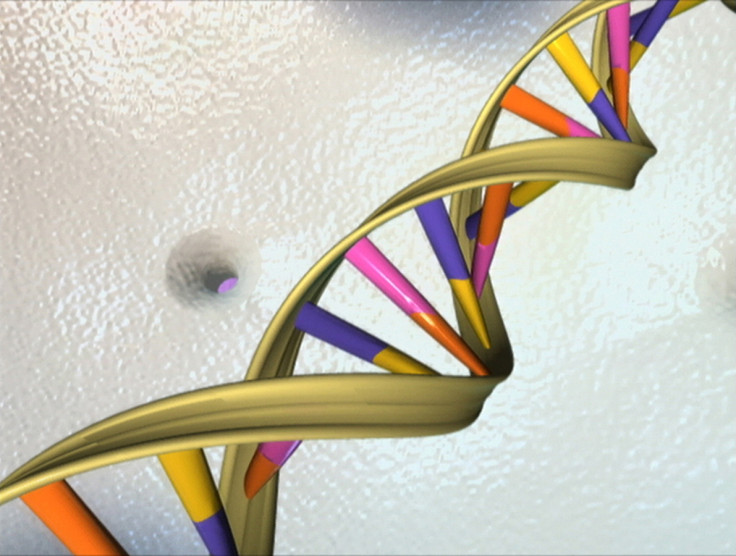Gene editing in human cells could soon become possible

A tweak to a precise gene editing technique could soon see it employed to correct defective genes in humans and treat incurable diseases.
Called CRISPR, the gene editing method is already used in the lab to insert or remove bits of the genome in animal embryos.
But the gene-editing enzyme called Cas9 and RNA molecules that guide CRISPR to its target are too large to be carried into most of the human body's cells.
Gene therapy used currently relies on a virus called AAV to carry bits of engineered proteins into cells but the gene encoding for Cas9 protein is far too large to fit into the virus genome.
Feng Zhang of the Broad Institute of MIT and Harvard in Cambridge, Massachusetts, and colleagues worked their way around this by borrowing from the bacteria.
After analysing genes encoding more than 600 Cas9 enzymes from hundreds of bacteria, they narrowed upon the gene in Staphylococcus aureus—a bacterium best known for causing skin infections and food poisoning.
It was at least 1,000 DNA letters smaller than the one for the commonly used Cas9 and convenient for packaging into the virus carrier.
A significant number of mice showed up the modified liver gene after it was injected into their system using the new bacterial gene.
The finding, published on 1 April in Nature, could open the door to new treatments for a host of incurable genetic ailments.
Genome editing has generated controversy, with suspected reports of its use in germline engineering of human embryos.
Some scientists have expressed concern that the technique might be used by fertility doctors to edit the genes of human embryos and create designer babies before the safety of the method is established.
But in the non-reproductive cells of children and adults, researchers and companies are already racing to develop CRISPR as a clinical tool.
Given the belief that gene therapy does not affect germ cells, and the changes in the DNA are not passed to future generations, the work on mature cells is not as controversial.
However, some researchers have said future generations could be affected by epigenetic effects that change how genes get expressed.
Technique used
To edit the genome at the adult stage is simply a matter of injecting the necessary CRISPR components into a few cells.
But researchers are struggling over how to target the CRISPR machinery to the specific cells where defective genes need to be edited, writes Scientific American.
Gene-therapy researchers often harness a virus called AAV to shuttle foreign genes into mature human cells.
However, most laboratories working with CRISPR use a gene encoding the Cas9 protein that is too large to fit in the snug confines of the AAV genome.
That is where Zhang's study comes in useful.
The team decided to check out bacteria as the CRISPR system is itself derived from a process used by bacteria to snip unwanted DNA sequences out of their genomes.
The gene encoding Cas9 in Staphylococcus aureus was packed into AAV along with RNAs to target the enzyme to modify a cholesterol regulatory gene in the liver.
Within a week of injecting mice with the modified virus, the team found that more than 40% of liver cells contained the modified gene.
"It's a terrific addition to the set of tools that genome engineers have at their disposal," says Liu.
The next step would be to transport the larger Cas9 protein, bound to its guide RNAs, into cells without relying on a virus.
Precise gene-editing techniques use enzymes called nucleases to snip DNA at specific points and then delete or rewrite the genetic information at those locations. But the fear is that nucleases could cause mutations at locations other than those targeted and lead to unexpected consequences.
Unintended consequences of gene manipulation like a gene variant given an artificial boost eliminating other versions of genes whose evolutionary importance is not understood are some other concerns.
© Copyright IBTimes 2025. All rights reserved.





















